Zooplankton Definition
Zooplankton (pictured below) are a type of heterotrophic plankton that range from microscopic organisms to large species, such as jellyfish. Zooplankton are found within large bodies of water, including oceans and freshwater systems. Zooplankton are drifting ecologically important organisms that are an integral component of the food chain.
Types of Zooplankton
The most important types of zooplankton include the radiolarians, foraminiferans, and dinoflagellates, cnidarians, crustaceans, chordates, and molluscs.
Radiolarians
Radiolarians are small protozoan species that are characterized by the production of mineral skeletons made of silica. The remains of these organisms can be found at the bottom of oceans, comprising a large part of the sediment.
Foraminiferans
Foraminiferans are a type of amoeboid protest that exhibit an external shell and ectoplasm used to obtain food. While the shell is typically comprised of calcium carbonate, the shells of some species contain other minerals. These zooplankton can be found in the sediment or drifting about the upper surface waters.
Dinoflagellates
Dinoflagellates are considered a mixotrophic species, meaning than they can be both photosynthetic or ingest other species. This type of zooplankton is extremely small and represent a significant portion of marine eukaryotes and are important for the health of coral reefs.
Cnidarians
Cnidarians are marine species that are characterized by specialized cells called “cnidocytes”, which are used to capture their prey. They have bodies consisting of a jelly-like substance called mesoglea, a mouth, and tentacles that contain the cnidocytes (e.g., jellyfish).
Crustaceans
Crustaceans are a type of arthropod that consists of crabs, krill, shrimp, and barnacles. Crustaceans range in terms of size, and comprise a significant part of the food chain. Krill and copepods in particular, are important zooplankton species.
Chordates
Chordates are animals that possess anotochord, norsal nerve chord, endostyle, post-anal tail, and pharyngeal slits. This is a highly diverse family that includes sea stars, scalps, and many other species.
Molluscs
Molluscs are a highly diverse group of organisms, which include squid species as well as sea slugs, and sea snails. Molluscs comprise a large component of all marine life.
What do Zooplankton Eat?
Zooplankton consume a variety of bacterioplankton, phytoplankton, and even other zooplankton species. Since such organisms reside at the surface of bodies of water, zooplankton are also typically found in the upper waters.
Zooplankton Examples
Krill
Krill (shown below) are a type of crustacean found populating oceans throughout the world. Krill consume phytoplankton and other zooplankton species. Krill are consumed by larger marine animals, thus making them a significant contributor to the lower food chain in marine environments. As such, krill are extremely abundant and provide a primary dietary component of several large marine species, such as whales and seals. Krill reside at the surface at night and drift down into deeper waters during the day.
Jellyfish
Jellyfish (shown below) are a type of cnidarian as described above, and are found residing throughout marine environments; some reside near the surface, while some species can be found in deeper waters. Jellyfish are most commonly found near coastal regions throughout the world.
Conger Eel
Conger eels (pictured below) are large organisms found in both Europe and North American coastal waters. They typically reside close to the sediment and prey on crustaceans and small fish.
Segmented worm
Segmented worms include leeches (shown below) and other forms of ringed worms. Marine species are most frequently found in coral reefs and tidal zones, borrowing into the sediment. This type of zooplankton is important as its borrowing ability oxygenates the sediment, thereby facilitating the growth of aerobic bacterial species and other animals.
Quiz
1. Which of the following is NOT an example of a type of zooplankton?
A. Krill
B. Jellyfish
C. Leech
D. Squid
E. All of the above
2. Which of the following is NOT food for zooplankton?
A. Other zooplankton species.
B. Phytoplankton
C. Aquatic mammals
D. None of the above. Zooplankton are photosynthesizing species and do not require additional food.
3. XXXX
A. XXXX
B. XXXX
C. XXXX
D. XXXX
References
- Dos Santos Severiano et al. (2018). Effects of increased zooplankton biomass on phytoplankton and cyanotoxins: A tropical mesocosm study. Harmful Algae. 71:10-18.
- Kiorboe, T. (2011). How zooplankton feed: mechanisms, traits and trade-offs. Biol Rev Camb Philos Soc. 86(2):311-39.
- Pinceel et al. (2018). Climate change jeopardizes the persistence of freshwater zooplankton by reducing both habitat suitability and demographic resilience. BMC Ecol. 18(1):2.
- Weisse, T. (2017). Functional diversity of aquatic ciliates. Eur J Protistol. 61(Pt B):331-358.
Zooplankton
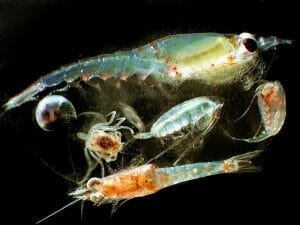
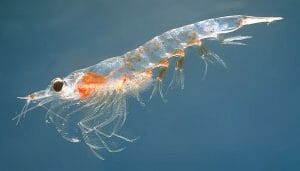
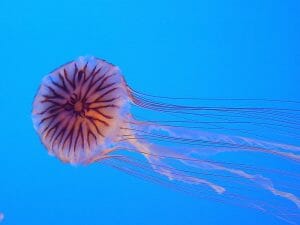
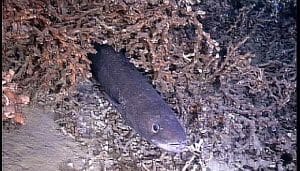
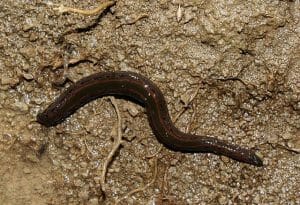
No comments:
Post a Comment